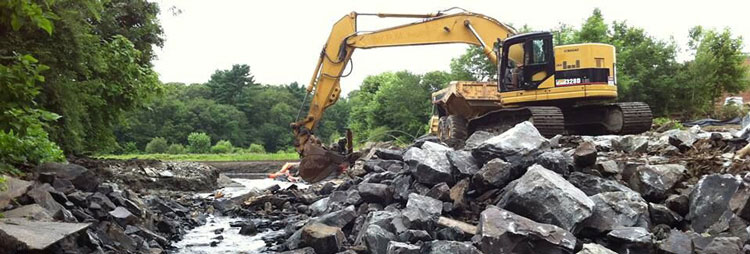The U.S. has more than 87,000 dams greater than six feet high (and two million overall). While many dams continue to provide benefits such as flood control, irrigation, and water supply. For other dams the cost of maintenance or the negative effects on communities, fish, and tribes justifies their removal.
Dam owners and regulators decide whether to remove a dam by weighing many factors: including the cost of removal and the ability to replace any lost power generation against avoided long-term maintenance, safety concerns, benefits to endangered fish populations, increased recreational and commercial fishing, and restoration of cultural values of nearby tribes.
By 2020, roughly 70 percent of dams will be more than 50 years old, inviting us to reconsider the value to the public of long-term investments in this infrastructure.
large-image-dam-removal-case-studies
This report describes the methods used to measure the benefits of dam removal when comparing costs to benefits, including five case studies and a summary of small dams. The case studies illustrate the range of benefits and costs that can be considered, multiple methodological approaches, and a range of locations.
While some dams continue to serve useful purposes, others have outlived their original function. For these obsolete dams, the benefits to the public of removing them outweighs the costs.
Since 1912, more than 1,300 dams have been removed across the U.S., and 62 dams were removed in 2015 alone.
The case studies range from small former mill sites to large Western hydropower dams, including:
- Whittenton Pond Dam on the Mill River in Massachusetts;
- Elwha and Glines Canyon Dams on the Elwha River in Washington;
- Edwards Dam on the Kennebec River in Maine;
- Condit Dam on the White Salmon River in Washington;
- Great Works and Veazie Dams on the Penobscot River in Maine; and
- Three small dam removals including Hyde Pond Dam on Whitford Brook in Connecticut, Bartlett Pond Dam on Wekepeke Brook in Massachusetts, and White Rock Dam on Pawcatuck River in Connecticut and Rhode Island.

